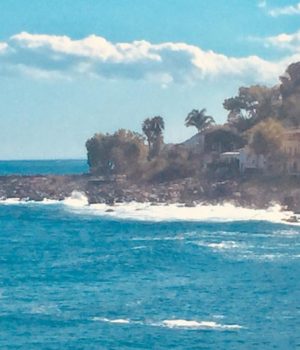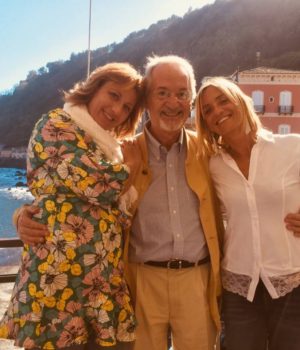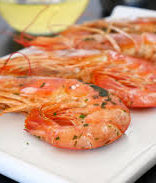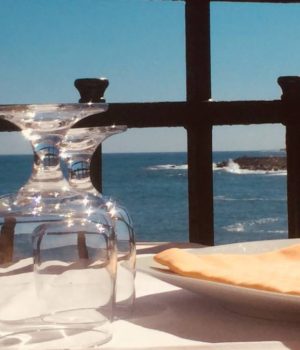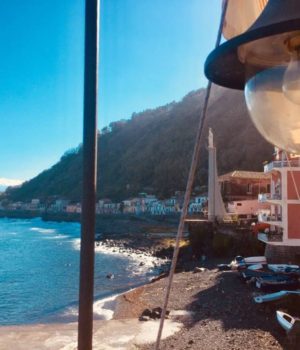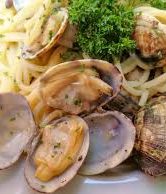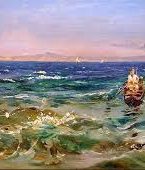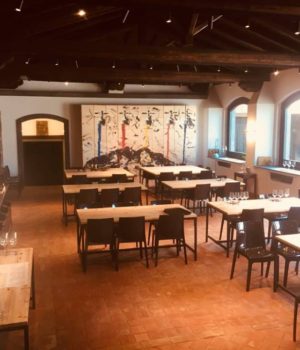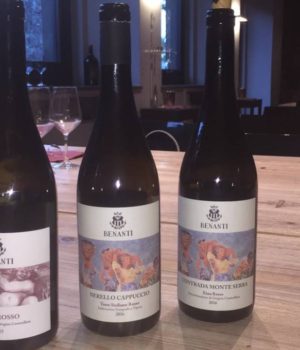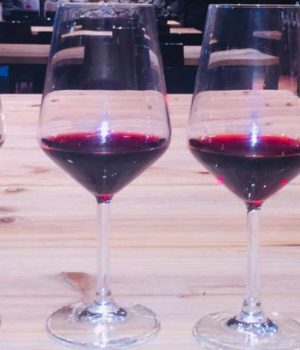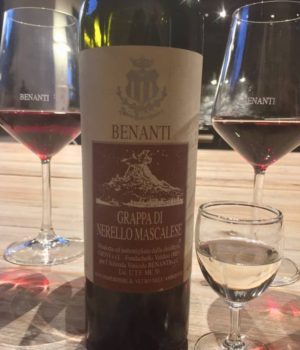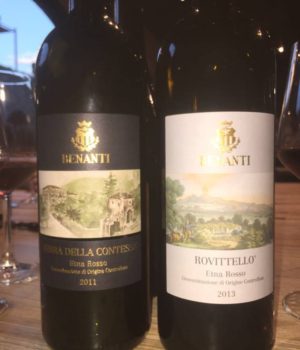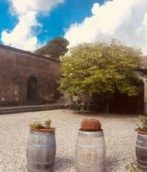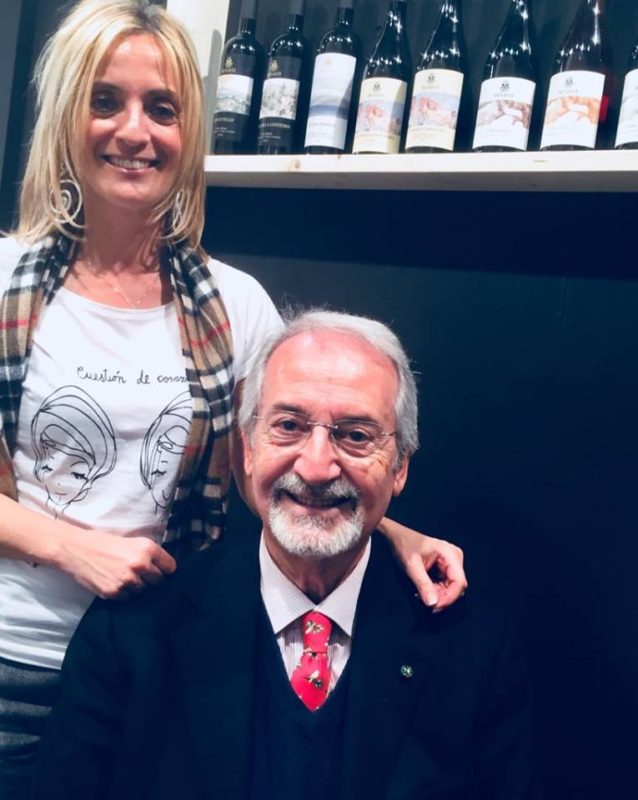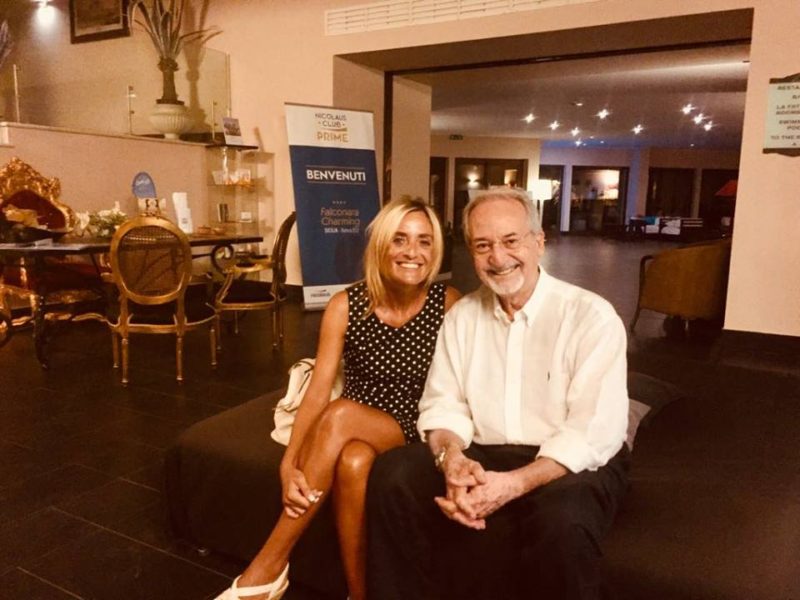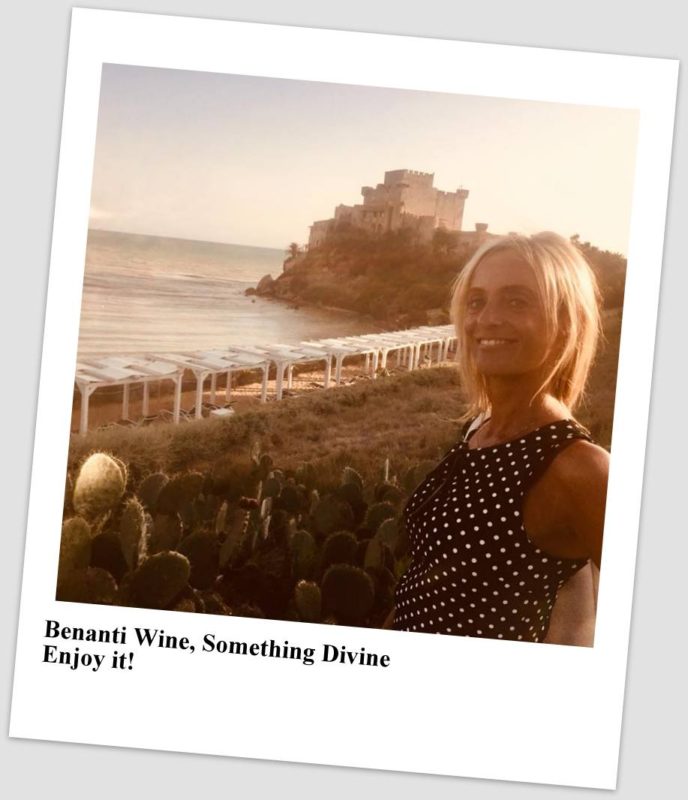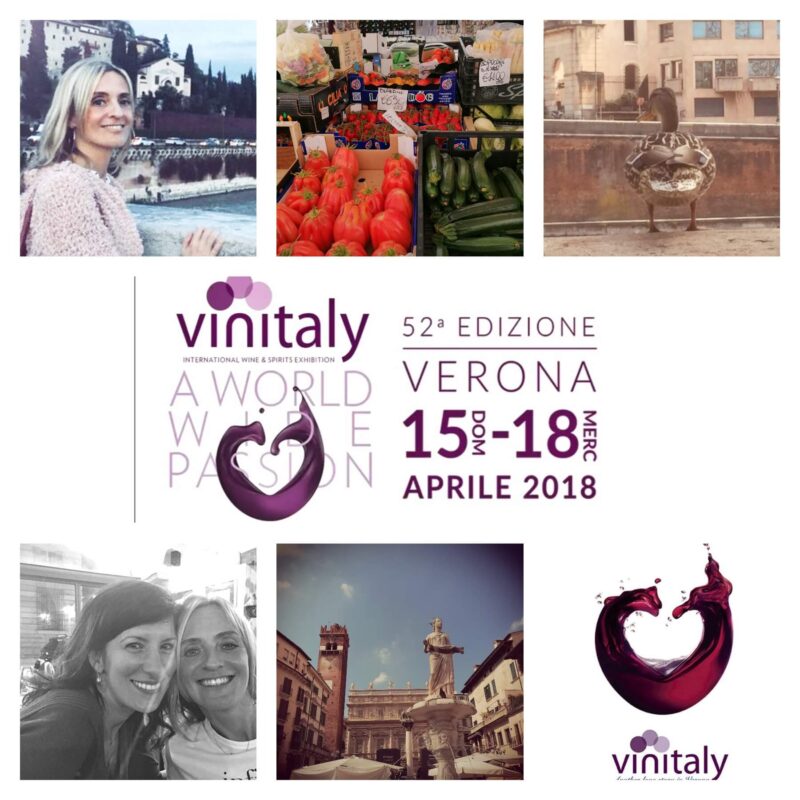“Cantina Benanti” , carattere etneo dal 1734
Il sogno di visitare la “Cantina Benanti” a Viagrande in Sicilia, si realizza per il mio compleanno l’08 Ottobre 2018. Io e la mai amica Anna arriviamo in tarda serata all’aeroporto di Catania e noleggiamo una Fiat Cinquecento e ci avviamo in albergo.
Sistemiamo le valigie e ci dirigiamo in un ristorante nei pressi del “Castel Ursino”, vicino il centro storico di Catania. L’ aria è ancora estiva, e c’è tanta gente seduta fuori ai tavoli dei locali che rallegrano l’ atmosfera . Per cena ordiniamo vino rosso e carne di cavallo alla griglia, specialità di queste parti.
Io e Anna facciamo un giro per le strade illuminate di via Etnea, boulevard di Catania, e parliamo dei ricordi legati alla nostra isola e di come è difficile starle lontani. E per questo motivo voglio condividere questa visita alla “Cantina Benanti” , per suggerirvi un posto unico per le vostre prossime vacanze!
La visita alla “Cantina Benanti”, Rovitello, Catania
All’indomani del nostro arrivo in terra patria, la prima tappa è la colazione da “Saiva”, storica pasticceria e tavola calda di Catania. Ci concediamo caffè nero bollente e due dolci enormi tipici della gastronomia siciliana.
Cariche di energia dopo circa 20 minuti da Catania facciamo finalmente tappa alla “Cantina Benanti”, a Viagrande. Si apre un cancello in ferro battuto e vediamo un lungo viale alberato, ci incamminiamo ed è come essere entrati in un altro mondo.
Lascito il caos di Catania è come entrare in un’ altra dimensione: un parco privato con un vulcano in mezzo, dove ogni cosa sembra essere messa al posto giusto.
Davanti a noi c’è un grande palazzo a due piani in pietra lavica e un parco adiacente, dove Giuseppe Bennati ci aspetta con il suo inseparabile Jo, un pastore tedesco affabile e cordiale.
L’antico palmento
Giuseppe accoglie me e Anna nella sua straordinaria azienda con un magnifico sorriso e una magnum di “Noblesse”, bollicine di puro Carricante. Successivamente entriamo insieme nel vecchio palmento, antiche vasche scavate nella roccia e collegate da un canale, in cui avveniva la pigiatura dell’uva per produrre il mosto.
Giuseppe spiega con un rigore quasi scientifico l’importanza di quel vecchio palmento e la sua funzione per la produzione del vino. E con una nota di melanconia ricorda i profumi del mosto di quando è piccolo, quando il nonno lo porta a “pistare la racina ” (“pestare l’uva”). Il cvaliere cita anche in dialetto catanese i versi dei canti dei contadini di un tempo , che accompagnavano le fatiche e le gioie dei campi.
Il palmento è rimasto integro, e da lì attraverso una porta a vetri si va al salone delle feste. Questo è infinito con il suo pianoforte a coda, e adornato da mobili di prestigio , specchi antichi e quadri di valore.
“Noblesse”, bollicine di puro Carricante. Un successo programmato!
Giuseppe ama, cura e celebra l’arte e la bellezza in tutte le sue forme. Che siano le sue vigne alle pendici dell’Etna o le tele secolari, i cui personaggi enigmatici sono oggi alcune delle etichette dei suoi vini. Come quella che adorna il “Noblesse 2003”, primo metodo classico di Carricante dell’ Etna Si tratta del ritratto di un nobile misterioso, che Giuseppe trova e rispolvera a Palermo, che si fa risalire al periodo in cui Antoon Van Dick vise in Sicilia.
La hall delle degustazione della “Cantina Benanti”
Altre parti interessanti della cantina sono:
- L’ala dedicata alla degustazione: questa è molto luminosa. Ci sono tavoli e sedie di prestigio. Spicca una gigantografia colorata che ha come soggetto l’Etna, proprio come tutti i libri cartonati da collezione sparpagliati ovunque;
- La cella dove dorme il vino, pieno di barrique e tonneau, che stanno lì ad aspettare di finire il loro lavoro;
- Una magnifica piscina da cui si vede il Monteserra.
“Cantina Benanti”, un giardino di natura e d’arte alle falde dell’Etna
Il brontolio dello stomaco ci suggerisce che è ora pranzo, ci allontaniamo io, Anna e il cavaliere iper pranzare alla “Trattoria Scalo Grande”, a Santa Maria La Scala. Ci deliziamo con gamberoni freschi e linguine alla vongole.
Siamo seduti con di fronte un panorama mozzafiato: un mare blu cobalto, delle barche che ondeggiano e dei gabbiani , che virando nell’aria sembrano quasi darci il benvenuto.
Vini Benanti , vini d’autore
Tornati in cantina Giuseppe ci inizia alla magnifica degustazione dei vini Benanti, e fornisce dei dettagli sulla “Cantina Benanti”, sui vigneti, e in particolare sull’importante contributo di tutto lo staff aziendale. In particolare quello dei due figli , Antonio e Salvino, a cui oggi è affidata la direzione.
La storia della famiglia Benanti
L’origine della famiglia Benanti è bolognese e va indietro nel lontano 1734. A quel tempo si chiamano “Benati”. Poi grazie a un provvedimento regale, si chiede a un loro antenato di spostarsi in Sicilia e fare fiorire un ramo e al tempo stesso di cambiare il nome da “Benati” a “Benanti”.
Sono da generazioni proprietari terrieri, dediti alla viticultura dell’Etna. Successivamente diventano anche imprenditori nel campo della farmaceutica, fondando nel 1935 a Catania la Sifi, una delle più importanti imprese in campo oftalmologico.
Giuseppe Benanti e le origini della cantina
Il vino è una passione di famiglia trasformato da Giuseppe Benanti, anche lui imprenditore farmaceutico, nella “Cantina Benanti” nel 1988 a Viagrande, versante Est dell’Etna.
Tutto comincia quando Giuseppe è a pranzo con l’amico medico Francesco Micale al pranzo al ” Picciolo”, Castiglione di Sicilia. Lui desidera un gran vino rosso dell’Etna, ma non trova niente di simile sul menù ! Giuseppe sceglie di valorizzare il territorio Etneo, da sempre comunque votato alla viticultura, ma non vuole solo la qualità, vuole l’eccellenza.
Francia e Piemonte come modello per la rinascita del vino etneo
Ed ecco che Giuseppe inizia un progetto portato avanti in collaborazione con numi dell’enologia, tra questi:
- Salvo Fot: il più importante agronomo ed enologo siciliano;
- Rocco Di Stefano, professore dell’ “Istituto Sperimentale per l’Enologia di Asti” ;
- Jean Siegrist professore dell’ ’ “INRA” di Beaune.
Da quel momento in poi si pongono le basi per produrre grandi vini sull’ Etna e si dà inizio “rivoluzione dei vini etnei”.
Le vigne acquistate o gestite nei comuni di Castiglione di Sicilia (Etna nord) e Milo (Etna est), sono già impiantate o vengono coltivate a Nerello Mascalese (Castiglione di Sicilia) e Carricante (Milo), i vitigni autoctoni del vulcano.
A metà degli anni novanta Giuseppe scommette da subito e con decisione su tali varietà. Effettua circa 150 prove di micro vinificazione, e valorizza sia i tradizionali assemblaggi tipici della “DOC Etna Rosso” (Nerello Mascalese e Nerello Cappuccio) che i monovitigni, all’epoca una vera rarità!
Le vigne della “Cantina Benanti”
Giuseppe collabora con coltivatori di Santa Maria di Licodia (Etna sudovest), mentre nel 1998, dieci anni dopo la creazione della sua cantina, l’azienda si espande anche sul Monte Serra a Viagrande (Etna sudest).
Un lavoro pionieristico quello di Giuseppe , che vuole da sempre portare in un calice tutto il terroir dell’Etna.
Il risultato :
- Una produzione di vini autentici ed eleganti capaci di esaltare le diverse tipicità di più versanti e contrade della DOC Etna, oggettivamente differenti fra loro per esposizione, temperatura, altitudine, tipologia di suolo vulcanico, luminosità, piovosità, ventilazione, sistema di allevamento e quindi vocazione.
La rivoluzione della famiglia Benanti con il vino dell’Etna
Grazie alla passione e al genio di Giuseppe Benanti, l’Etna fa parlare di “rinascita” e successo. L’Etna diventa un nuovo distretto vinicolo d’eccellenza. Inoltre attira altri produttori ella “muntagna”, ispirati dai traguardi ottenuti dalla “Cantina Benanti” negli anni ‘9o nella lavorazione del Carricante, del Nerello Mascalese e del Nerello Cappuccio.
Nel 2005 “Cantina Benanti” avvia una lunga ed importantissima sperimentazione che porta nel 2010 alla selezione ed all’ottenimento del brevetto di quattro lieviti autoctoni. Ancora oggi, esempio unico sull’Etna.
Antonio e Salvino Benanti
Nel 2012 i gemelli Antonio e Salvino, classe 1974, reduci da esperienze accademiche e lavorative di diversi anni all’estero e poi in Italia, accompagnano il padre Giuseppe Benanti in questa splendida avventura imprenditoriale.
Antonio e Salvino portano energia e innovazione nella Cantina Benanti, mantenendo intatte la filosofia aziendale, cioè la valorizzazione dei vitigni Autoctoni Etnei. I fratelli Benanti si formano alla “International School di Ginevra” ed in seguito alla “European Business School” ed all’ “Imperial College di Londra”.
Un ricco percorso accademico, seguito da altre importanti esperienze lavorative formative nel campo della finanza anglosassone.
Un ricambio generazionale vincente
L’idea di Antonio e Salvino è quella di portare i vini Benanti in giro per l’Italia e il mondo, vini di alto livello pensati per tutti. E non solo per esperti e palati sofisticati. Una tattica vincente che conferma il grande successo dei vini Benanti nel mercato nazionale e internazionale.
Antonio e Salvino portano avanti strategie molto chiare e pienamente condivise, ed agiscono da subito con grande decisione facendo scelte importanti, come quelle di seguito riportate:
- Dal 2004 attribuzione del ruolo di enologo, responsabile tecnico di vigna e cantina ad Enzo Calì;
- Dismissione di alcune proprietà ed alcuni vigneti e terreni considerati non strategici, con conseguente abbandono dei vini ad essi collegati;
- Acquisto di ulteriori tevigneti, in parte anche da conferitori storici, ubicati in sotto zone di eccellenza sull’Etna a Rovittello e a Milo;
- Avvio formale della certificazione biologica per i vini.
8 modernità della “Cantina Benanti”
Con i fratelli Benanti la parola d’ordine è investimenti, e tra quelli più importanti che sono stati fatti , ricordiamo:
- Nuovi sistemi di controllo delle temperature;
- Nuova strumentazione di laboratorio,;
- Una nuova pressa pneumatica;
- Botti grandi in sostituzione di legni più piccoli;
- Impianti di produzione di energia da fonti rinnovabili;
- Allestimento di nuovi e moderni spazi sia per lo stoccaggio e la movimentazione (circa 250 posti pallet) che per il lungo affinamento (circa 200 posti pallet) del vino imbottigliato, con impianti di condizionamento all’ avanguardia;
- Sviluppo di un’attività di accoglienza e degustazioni in cantina;
- Ampliamento, rinnovamento e consolidamento della rete commerciale, composta da distributori e importatori specializzati in vini di eccellenza, oggi in grado di coprire circa quaranta mercati in circa trenta paesi nel mondo.
Antonio e Salvino portano a termine il passaggio generazionale, ma il core business rimane sempre loro padre Giuseppe Benanti !
Quali sono le zone dell’Etna più vocate per la “Cantina Benanti”?
La “Cantina Benanti” si estende per 20 ha, nei comuni di:
- Castiglione di Sicilia, frazione Rovittello (versante nord);
- Milo (versante est) ;
- Viagrande (versante sud est);
- Santa Maria di Licodia (versante sud ovest)
Quali sono i migliori vini della “Cantina Benanti”?
La produzione, altamente specializzata, oggi ammonta a circa 160.000 bottiglie (obiettivo nel medio periodo 190.000-200.000). I vini Benanti prodotti sono:
Spumanti:
- “Noblesse”: spumante Metodo Classico Brut, N.V. da 100% Carricante.
Classici:
- “Etna Bianco Benanti, Etna DOC Bianco” (100% Carricante);
- “Etna Rosato Benanti, Etna DOC Rosato” (100% Nerello Mascalese);
- “Etna Rosso Benanti, Etna DOC Rosso” (c.80-90% Nerello Mascalese + c.10-20% Nerello Cappuccio).
Monovitigni:
I vini Benanti nel mondo
I vini Benanti sono esportati in importanti mercati esteri, tra i quali spiccano :
- gli Stati Uniti, il Canada, la Gran Bretagna, la Francia, la Scandinavia, la Svizzera, il Belgio, la Russia, l’Austria, Singapore, Hong Kong, la Cina continentale, il Giappone, l’Australia e la Nuova Zelanda.
I vini Benanti ricevonoapprezzamenti convinti ed unanimi e creando consenso tra gli appassionati e tra i professionisti.
6 riconoscimenti dei vini Benanti
Fra i principali riconoscimenti ottenuti risaltano quello di “Cantina Italiana dell’Anno”:
-
- Cantina dell’anno 2007 (“Gambero Rosso“/”Slow Wine“);
- Top 100 winery 2012 (“Wine & Spirits Magazine“);
- 11 premi “Tre Bicchieri” del “Gambero Rosso“;
- Partecipazione a “OperaWine /Finest Italian Wines: 100 Great Producers” di “Wine Spectator”;
- Diversi premi “Cinque Grappoli” della guida “Bibenda“;
- Diverse menzioni su “Wine Spectator“, “Decanter“, “Wine Advocate“, “Wine Enthusiast“, “Jancis Robinson“, “Vinous.com“, “SommSelect“, “Food&Wine Magazine“, “La Revue du Vin de France“, “Gourmet Traveller Wine“, “Wall Street Journal“, “New York Times“, “Vinibuoni d’Italia“.
Una Sicilia dall’anima nobile
La “Cantina Benanti” è diventata un’azienda di nicchia specializzata nella produzione di vini dell’Etna, votata all’eccellenza qualitativa.
I Vini Benanti esprimono appieno il Terroir Etneo, sono vini autentici, fatti per durare nel tempo ed accompagnare i piatti delle migliori cucine. Non sono vini alla moda, né puntano ad esserlo. Essi ambiscono invece ad entrare nell’élite dei grandi vini d’Europa.
Il vino non è un business è una passione! Ed ecco il mio regalo per il mio compleanno, un giorno con la mia amica Anna e il cavaliere Benanti. Un’esperienza che non dimenticherò mai, insieme al profumo, al sapore dei vni Benanti. Un articolo che è un omaggio alla bellezza e allo splendore dell’ Etna, che vi invitio a vederre presto!
If you like my post, please subscribe to the socials of www.WeLoveitaly.eu :



